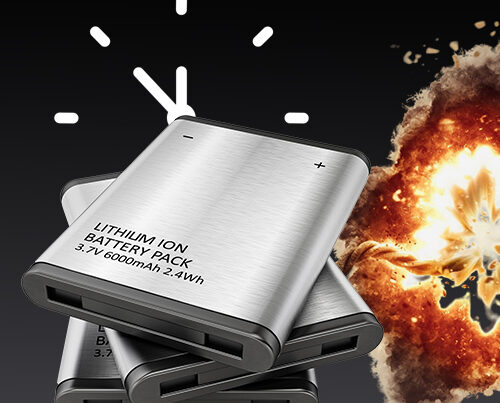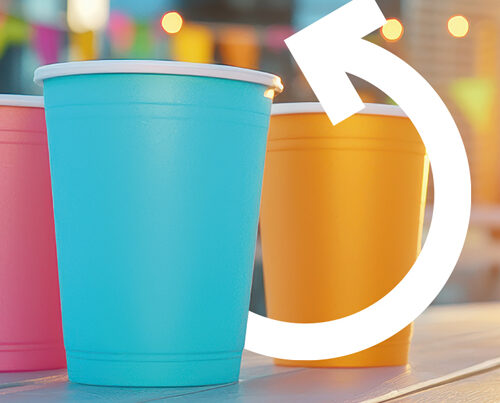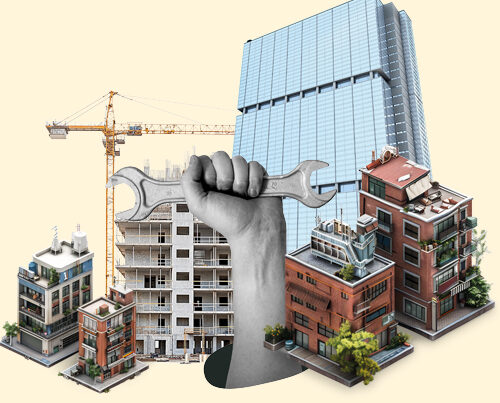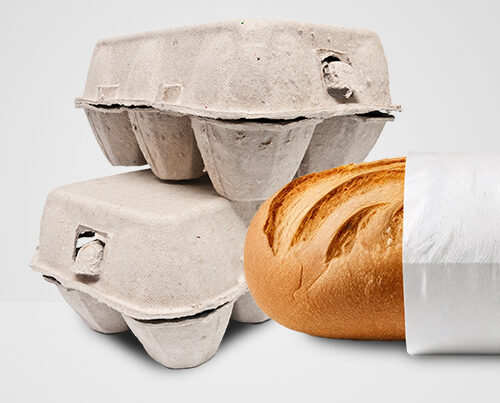Recycling can only really work if people are on board and join in. Which is why REMONDIS Netherlands signed a cooperation agreement with the Dutch chain store Blokker in June 2023 so that more coffee drinkers can collect and hand in their used coffee pods. “We’re able to efficiently recycle aluminium pods and recover valuable materials at our plant in Lichtenvoorde in Gelderland,” explained Dr Andreas Krawczik, managing director of REMONDIS Netherlands. “The aluminium is returned to industry for reuse. The coffee grounds are used to produce biogas and high quality compost.”
Blokker also believes that this collaboration will create many advantages: “This partnership enables us to recycle our coffee pods in an even more sustainable way and that means further growing environmental protection and further growing people’s awareness of sustainability,” commented Blokker CEO, Jeanine Holscher. A system that sounds quite simple looking at this cooperation between REMONDIS and Blokker but one that is currently being thwarted in Germany because of issues such as collection rates, collection infrastructure, consumer information and recycling technology.
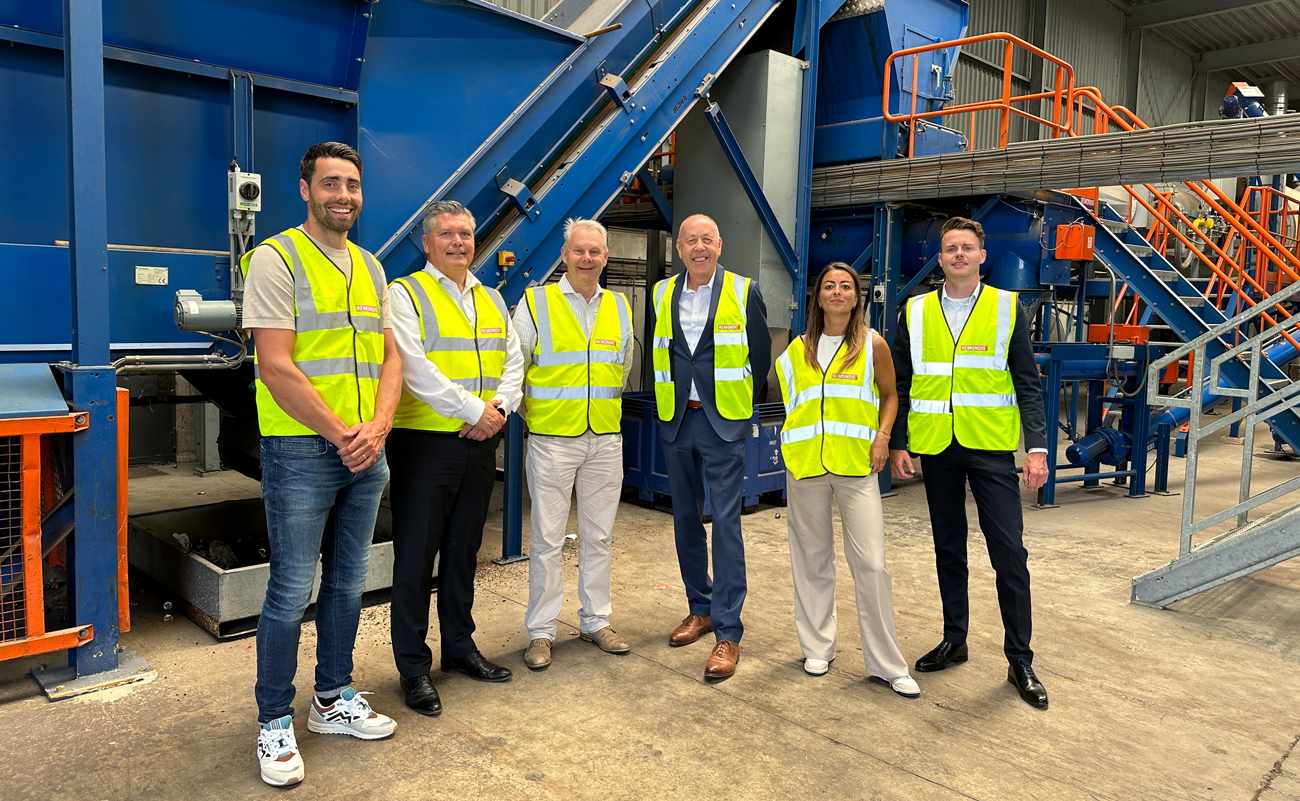
Blokker visits the recycling plant for aluminium coffee pods in Lichtenvoorde. From left to right: Charles van Oort (Supply Chain Manager Blokker), Jannes Wolting (Business Development Manager REMONDIS Nederland), John Schollink (Logistics Director at Mirage Retail Group), Dr Andreas Krawczik (Managing Director REMONDIS Netherlands), Joyce Sloot (Category Manager / Purchasing Blokker), Niels Visser (Director Sales REMONDIS Netherlands)
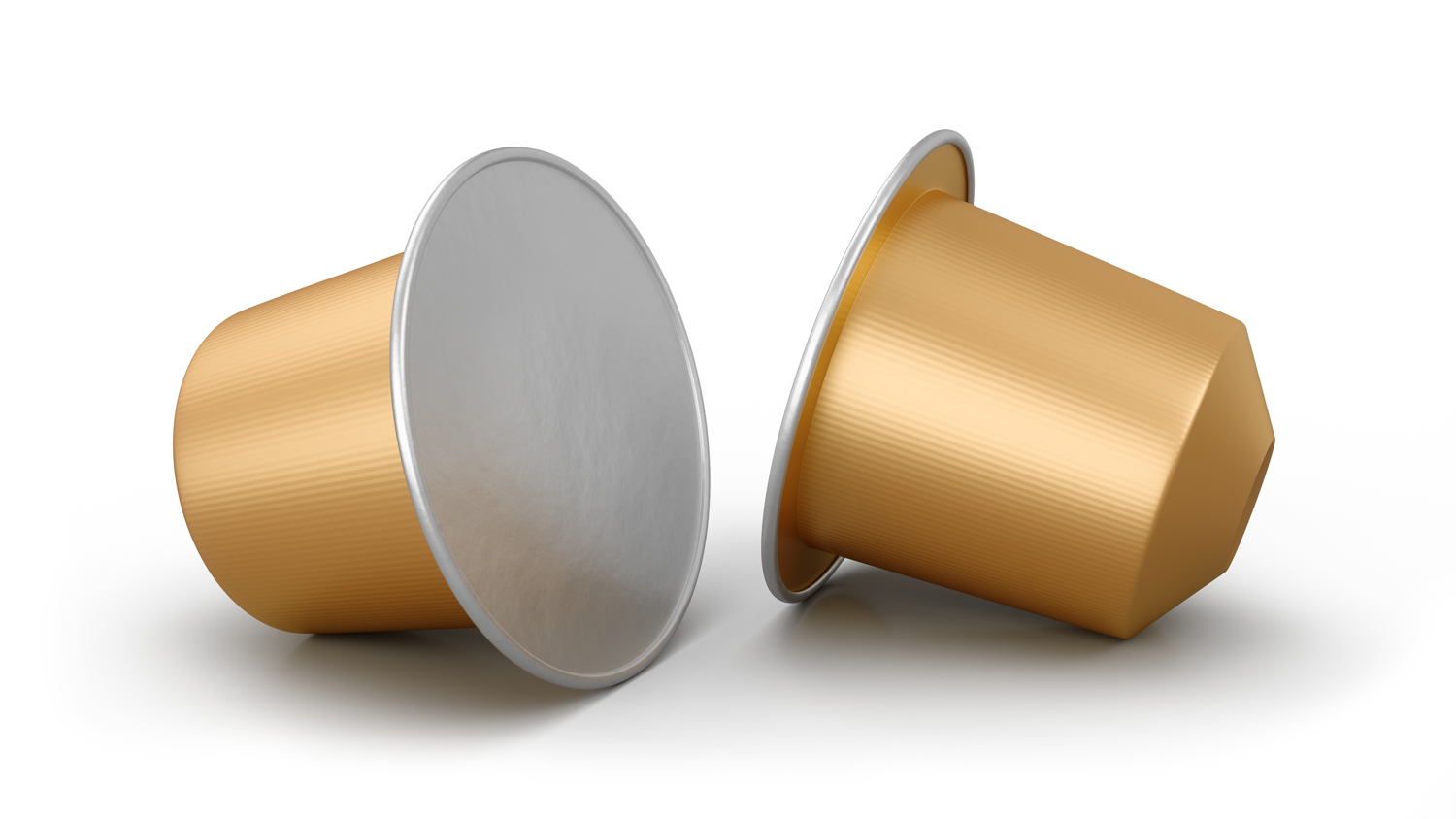
The rapid rise of coffee pods
Coffee is one of the most popular drinks around. In fact, here in Germany, we prefer it to beer or mineral water according to a market survey published by the German Coffee Association. Each person drinks on average around four cups of this hot black drink a day – and more and more people prefer to press a button and brew a single cup. Back in the day, it was George Clooney’s smiling face that made these colourful coffee pods so well known around the world. The words he uttered in the advert – ‘Nespresso? What else?’ – helped these small aluminium capsules to become a global household name. And the number of coffee pods being used has been steadily rising ever since. Numerous companies have joined market leader Nestlé and its Nespresso brand to make the most of this lucrative business. As the popularity of these pods has grown, so too have the quantities of packaging.
High coffee pod consumption = high quantities of recyclable materials
Coffee manufacturers estimate that 12,300 aluminium coffee pods are used every minute by households and firms across the globe. According to Environmental Action Germany (DUH), we use around 3.4 billion (2019) coffee pods in Germany every year. That means 13,500 tonnes of recyclable aluminium, plastic and paper. And there is an infrastructure already in place across Europe to recycle these materials. “Aluminium is a metal that is very suitable for being returned to market for reuse and is a recycled material with a good climate footprint,” Dr Krawczik continued.
Why it’s important to recycle aluminium
Aluminium is a chemical element with the symbol Al and the atomic number 13. It is a so-called non-ferrous metal. Virgin aluminium is produced from minerals using bauxite – a rare, natural raw material. Extracting bauxite from the ground causes considerable damage to the environment. What’s more, producing aluminium from bauxite is a highly energy-intensive process. The situation is very different when this light metal is produced from recycled material. 20 times less energy is required here and far less CO2 is emitted.

Transforming coffee pods into new raw materials
Used coffee pods, which are made up mostly of aluminium, are recycled at REMONDIS’ plant in Lichtenvoorde in the province of Gelderland. “The first step we take at our modern recycling facility is to separate the aluminium pods from their plastic lids and old coffee grounds,” Dr Krawczik said, explaining the process. The aluminium material is then compacted or melted down and sold on to aluminium-processing businesses as a valuable recycled raw material. 20 times less energy is needed to produce this recycled aluminium compared to aluminium made from virgin raw materials. Which means, of course, that this process also generates far fewer carbon emissions. A textbook example of sustainability in practice, especially when you consider that aluminium can be recycled again and again with no loss in quality. The coffee residue from the pods is first processed in the plant’s digester before being sent on to the downstream composting facility. “By using this set-up, we are able to implement a cascade system and transform the spent coffee grounds into biogas, compost and CO2 fertiliser,” Dr Krawczik added.
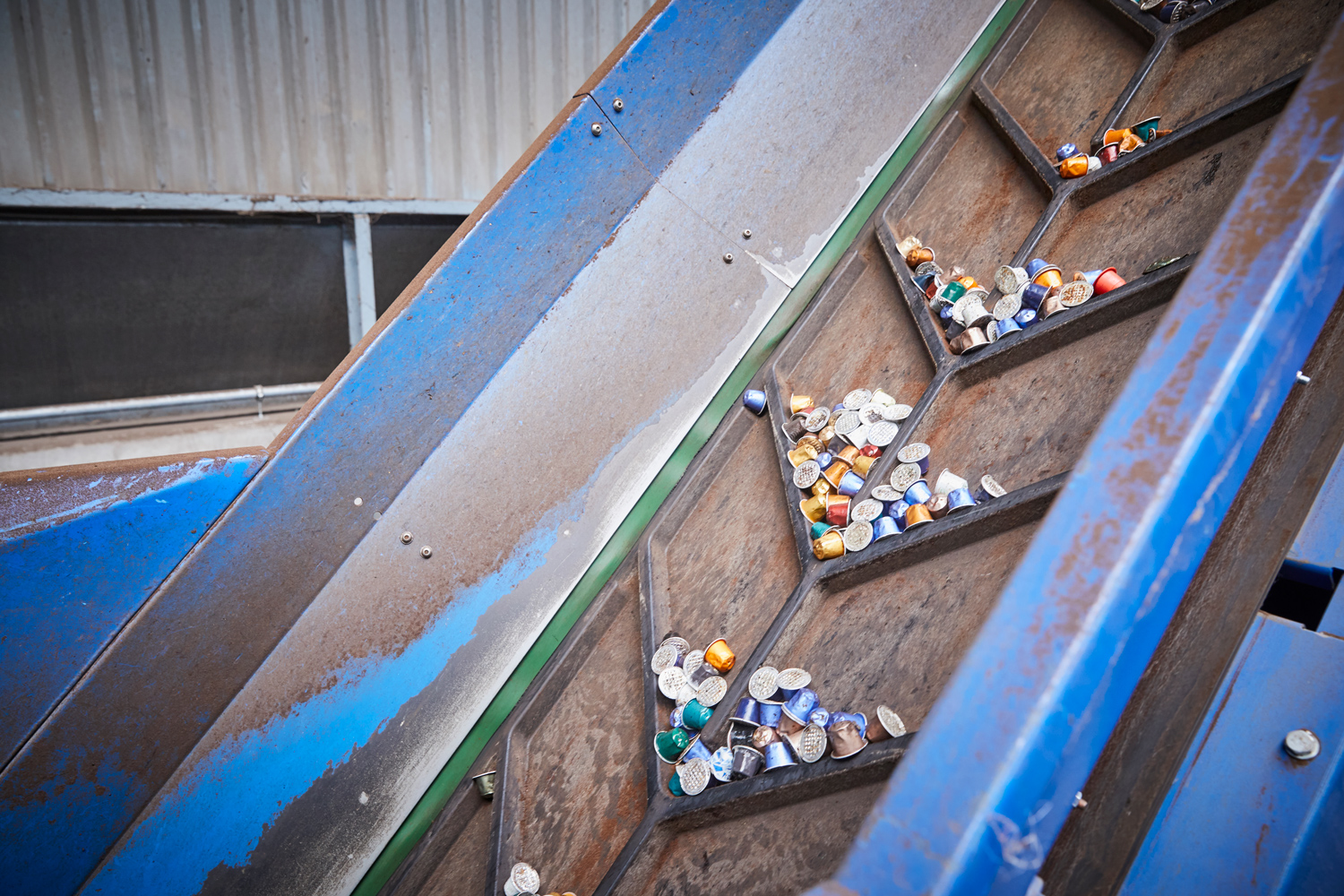
Dedicated coffee-pod take-back schemes
If the coffee pods are to be recycled then it is important that they are collected separately from other material streams. Well aware of this, REMONDIS Netherlands collaborated with Nestlé a while back to set up a comprehensive take-back scheme and organise all the logistics to get it off the ground. The old coffee pods can now be handed in at Nespresso boutiques or at bespoke collection points. Or they can be sent to the company by post.
Nestlé has succeeded in setting up a system across the Benelux countries with REMONDIS’ support that has the capacity to recycle all the Nespresso coffee pods sold in the region. This latest partnership with Blokker will help drive forward the collection of used coffee pods on the Dutch market. Blokker is using its network of branches to collect the old “Koffiecups”.
Coffee pod recycling in Germany
It is certainly possible for customers to drop off their old Nespresso pods at the company’s branches across Germany so that they can be sent for recycling. The majority of the capsules, though, take a different route here: they end up in the recycling bin or, as it is known in Germany, the yellow bin. This particular collection scheme is unique to Germany and is primarily used to collect sales packaging made of plastic and metal. Which means that coffee pods made of aluminium also belong in this bin. However, as they are not collected separately, these small pods must first be segregated from the other recyclable materials before they can be sent on to an aluminium recycling facility. This is a circuitous route that really should be avoided if we wish to grow sustainability.
Carbon footprint of coffee: study results
Recycling aluminium coffee pods is important – it conserves raw materials and perpetuates the aluminium’s life cycle. The carbon footprint of coffee, however, is also determined by two other criteria: by the way the coffee beans are grown (which requires high volumes of water and pesticides) and by the way the cup of coffee is actually prepared. A study published by the University of Quebec in Canada at the beginning of 2023 has prompted a whole number of discussions. It suggests that the carbon footprint of coffee pods may be better than traditional filter coffee because of the system used to make the cup of coffee, i.e. coffee pod machines work more efficiently and use less water and less coffee. Viola Wohlgemuth from Greenpeace criticised the study, however, as she said that it fails to take the production and disposal of the aluminium capsules into account. Thilo Schäfer from the German Economic Institute (IW) added that one of the positive things about this study is that it doesn’t simply concentrate on the packaging but also looks at how energy intensive or damaging the preparation of the coffee and the frequency of use are.
Coffee consumption in Germany
One of the latest coffee trends in Germany: more and more people are buying whole coffee beans. In 2022, for the very first time, the number of people buying coffee as whole beans was the same as those buying ground coffee. And the German Coffee Association is expecting more whole coffee beans to be bought in 2023 than conventional ground filter coffee. According to the association, one in three households now have a fully automatic coffee machine that grinds the beans and makes a cup of coffee with the press of a button. Coffee pads make up 6% of the market and coffee pods around 5%. Figures published by the association reveal that Germany consumes 167 litres of filter coffee per person, per year.
You can find more information here.
Image credits: image 1: Adobe Stock: Nomad_Soul; images 2, 4: © REMONDIS; image 3: Adobe Stock: julien; image 5: Adobe Stock: evannovostro








